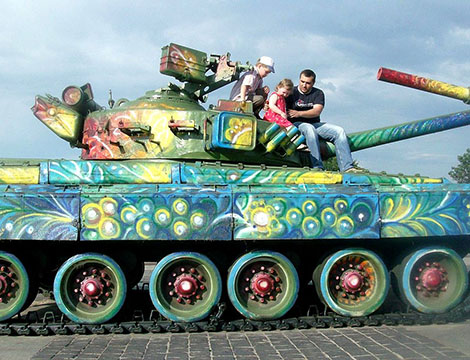
This article was originally published by the Stockholm International Peace Research Institute (SIPRI) on 17 May 2016.
Western political leaders, the Ukrainian political authorities and Ukrainian society have very different perspectives on how to proceed. For European leaders, and for the United States, simulating a process appears preferable to seeking a new, more sustainable agreement based on an honest assessment of the role of Russia—perhaps the only party that finds the current agreement convenient.
Reports of pressure being put on the Ukrainian authorities to implement some elements of the Minsk II agreement that have little public support have perturbed parts of Ukrainian civil society. The process has also illustrated the challenge for Ukrainian politicians in a more open political culture if private diplomacy is needed to reach an agreement, but public diplomacy is needed to implement it.
